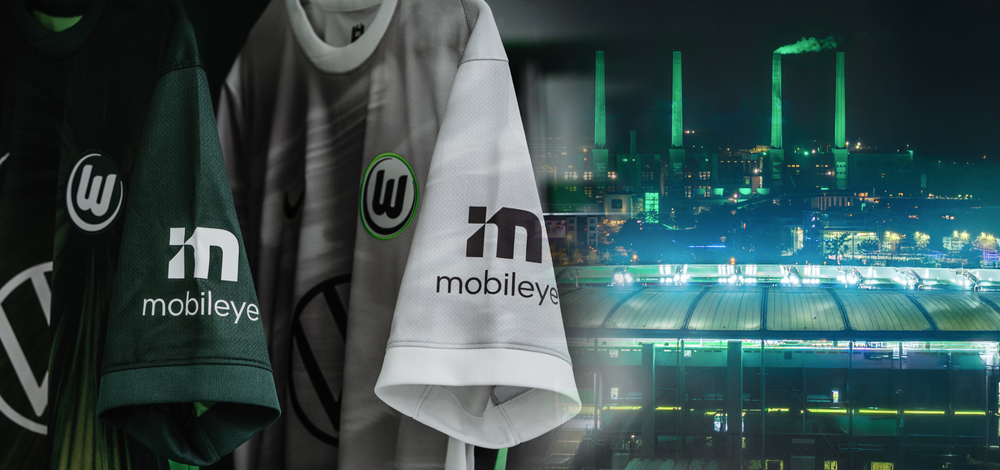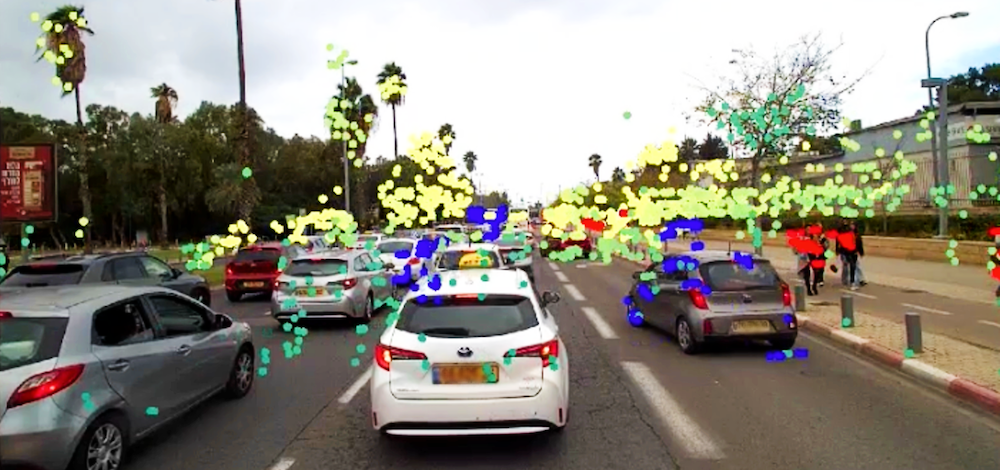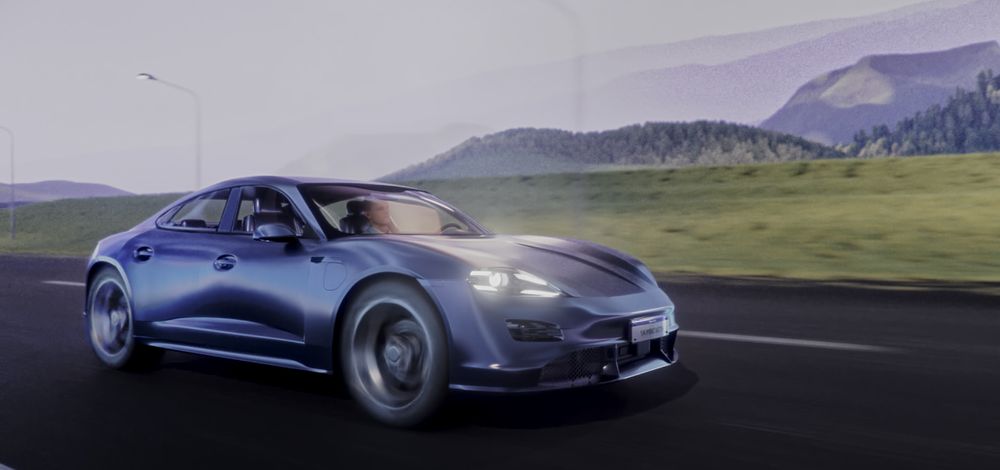blog
|
November 23, 2022
Enhanced Computer Vision for More-Advanced Driver Assistance
With higher resolution, a wider field of view, and more powerful processors, Mobileye has once again raised the bar for advanced driver-assistance technology.
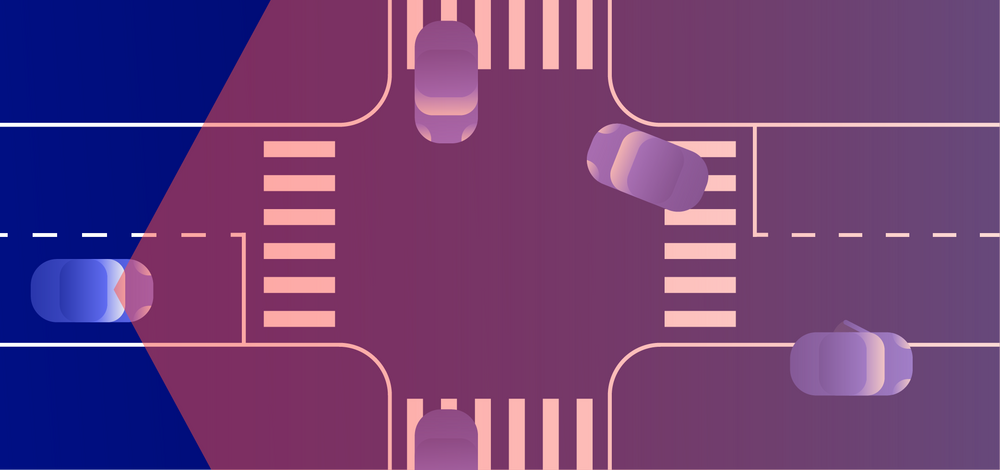
Through continuous development of computer-vision technology, Mobileye aims to enhance road safety, and save lives as a result.
Remember what it was like to upgrade your home-theater setup from VHS to DVDs, or from high definition to 4K UHD? Or maybe you recently replaced your laptop or smartphone? If you’ve experienced any of these – or anything similar – you’ll likely appreciate the significance of the latest advancements in our driver-assistance technologies.
Powered by cameras and processors even more capable than their predecessors, our latest computer-vision technologies for advanced driver-assistance systems (ADAS) can “see” more, better, farther, and wider. But even more important than the raw specs and capabilities of the hardware itself is what we can do with its augmented performance.
The enhanced capabilities detailed below afford greater awareness of traffic signals, potential hazards, road conditions, other road users, and more. And that in turn translates not only to enhanced comfort for drivers and passengers, but increased safety for them and those with whom they share the road.
New Applications Enabled by Advanced Technology
If you’ve visited these pages before, you’ll likely have read about the advanced technologies which we take great pride in developing and putting out onto the road. But before we dive into the new hardware, this time we’d like to tell you first about the applications they enable – the “real-world” benefits of our latest tech.
Take traffic lights, for example. Due to its dramatically higher resolution, our enhanced computer-vision system can now identify a red light from farther away than before, and assist the driver in decelerating towards a stop more smoothly and gradually. The same applies to all manner of objects and hazards that a driver might encounter out on the road, which we can now detect from a significantly greater distance than before. Not only that, but with a much wider field of view, the single sensor can see more of the vehicle’s surroundings (beyond what’s right in front of the vehicle) – enabling it to better monitor fast-moving cross-traffic, for example, and help avoid side-swipe collisions at intersections.
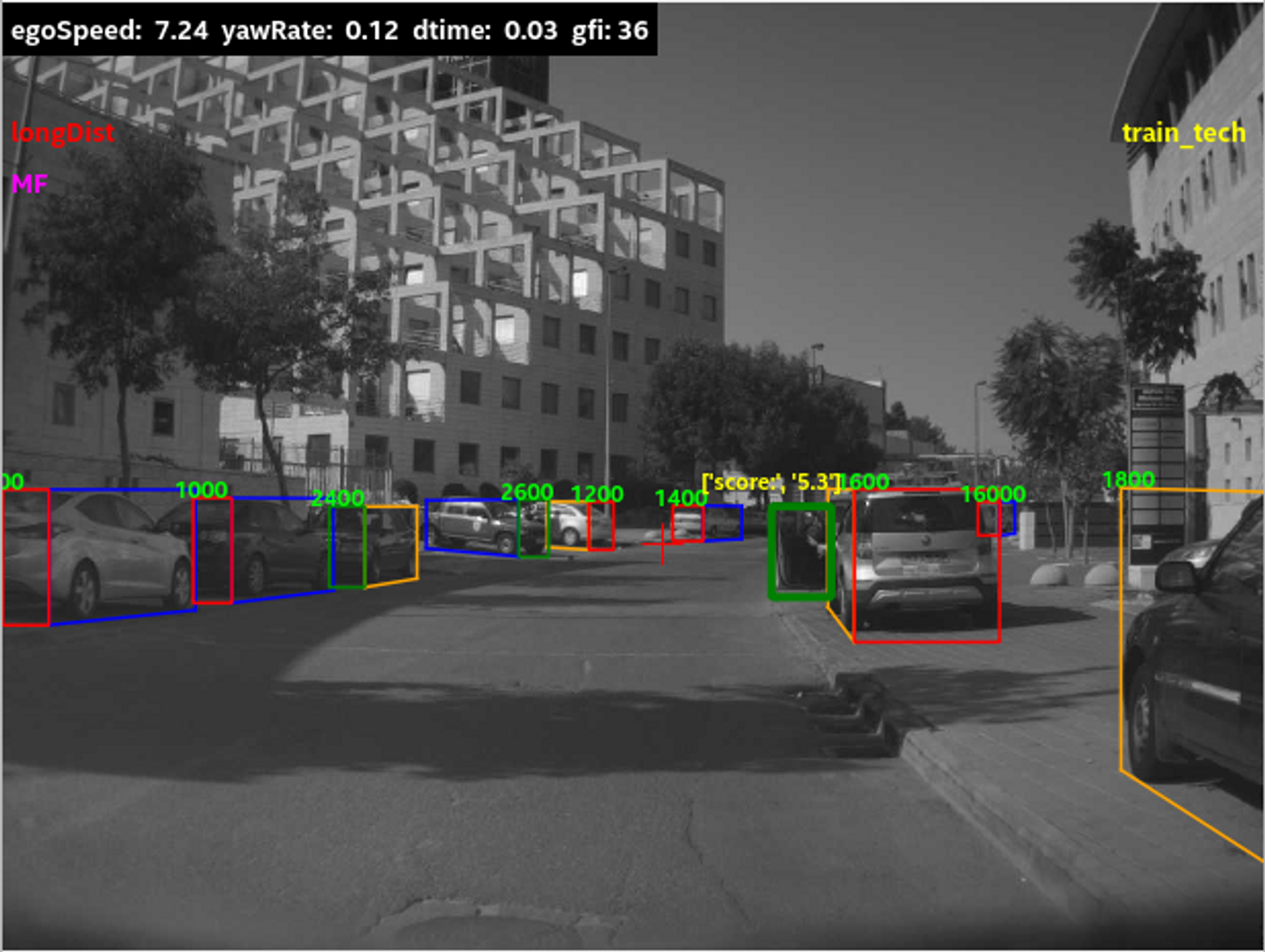
Or picture a car, stopped on the side of the road up ahead, opening its door into your lane. Our latest tech can better detect that open door, helping you to slow down and give it a wider berth to avoid hitting it... not to mention the driver or passenger likely to exit from that door.
Our proven computer-vision technology already excels, of course, at correctly identifying road signs by their shape, color, and icons. But with Optical Character Recognition (OCR) capabilities enabled by the higher resolution and our ongoing development, our latest tech can also read the fine print and understand its context while on the move. So it can tell if you’re entering a school zone, for example, and whether the speed limit is lower only at a particular time of day.
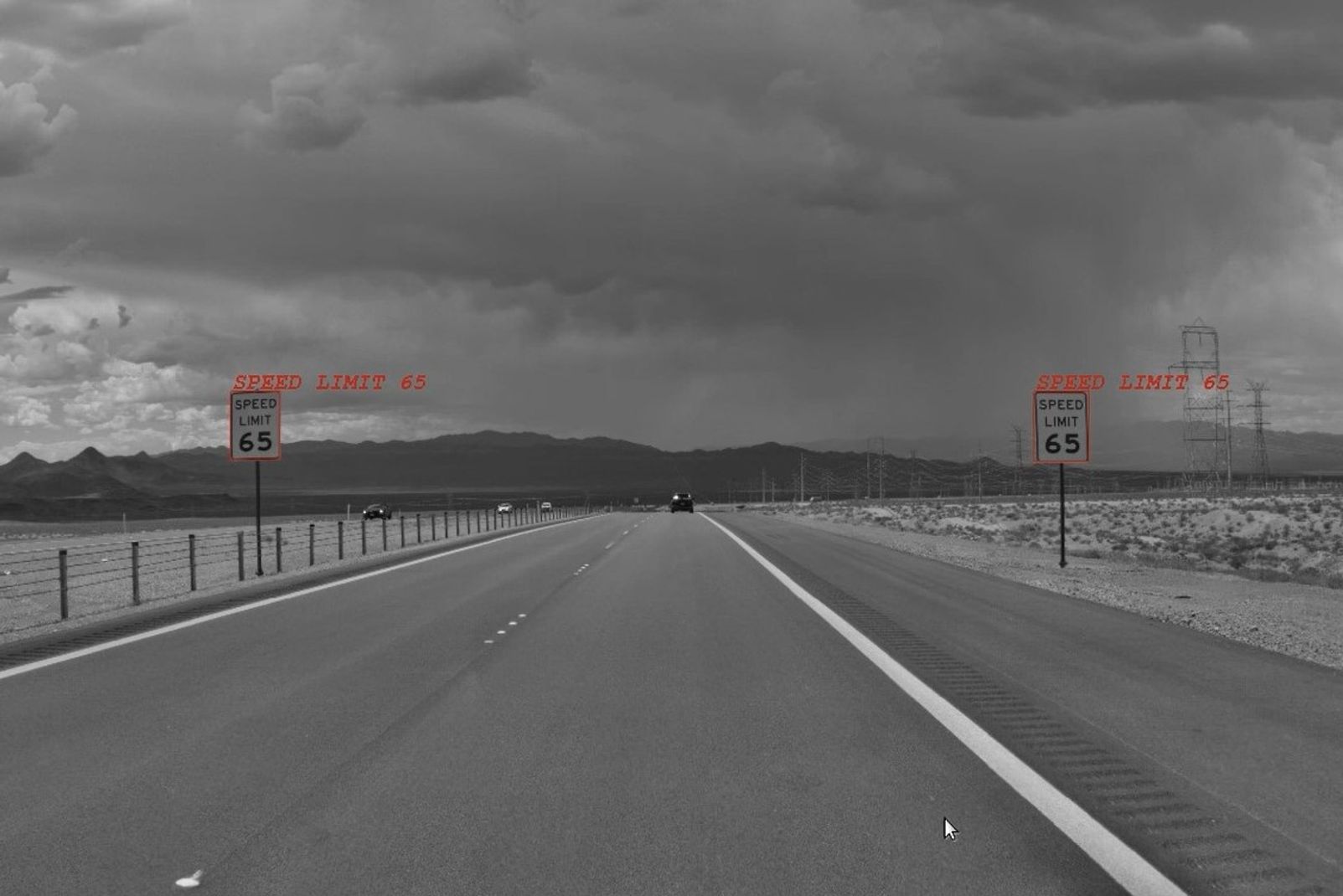
In addition, the system employs Neural Network Semantic Segmentation (NSS) – a highly advanced type of artificial intelligence that automatically labels objects in an image. NSS works on an individual-pixel level, so with more pixels comes ever-higher precision. This enables the system to better identify an array of features – including environmental elements (such as snow, rain, and mud) – to inform the driver and vehicle about the condition of the road surface.
These are just a few examples in an extensive array of practical benefits afforded by these new technological advancements. The system can also identify emergency vehicles by their flashing lights. It can recognize gestures and postures to discern whether a person standing by the road is hailing a taxi, for example, or just talking on the phone. It can find the way through intersections without lane markings, determine if a road’s shoulder is safe to use in case of emergency, identify obstacles (such as oversized cargo and collapsible cranes) protruding from commercial vehicles, and even “remember” how you park in your driveway, enabling the vehicle to repeat the procedure automatically.
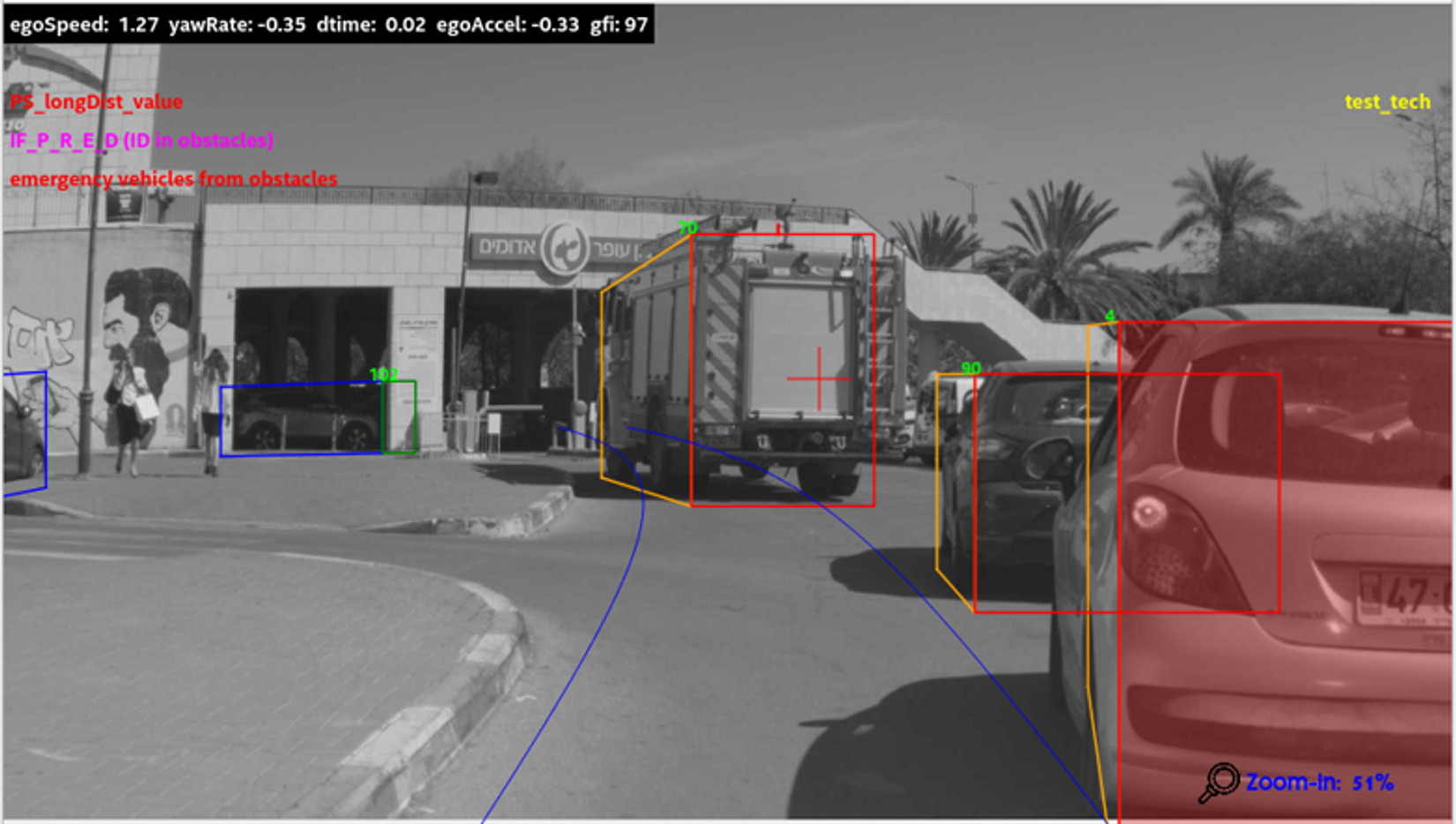
The Latest Hardware That Makes It Possible
Now that you have a picture of what our tech can do, let’s take a look at the new cameras and processors that make it all possible.
Our latest computer-vision systems for driver assistance employ 8-megapixel optical sensors, representing a nearly fivefold increase in resolution over the 1.7-megapixel cameras used in earlier systems. The new cameras also offer a 120-degree field of view, covering a full third of the vehicle’s horizontal surroundings with a single camera. That’s more than twice the scope of earlier 52-degree cameras, and significantly wider than even the 100-degree sensors that were considered the cutting edge just two years ago. And we’re able to support that wider field of view without compromising on image quality.
At least as important are the constantly improving EyeQ™ Systems-on-Chip (SoCs) tasked with processing what the upgraded cameras pick up. EyeQ5 upgrades on the commercial success of its predecessors by adding support for the new 8-mp/120-degree cameras detailed here. And the new EyeQ6 raises the bar even higher: our latest one-box, windshield-mountable SoC, EyeQ6 Lite boasts 450% more processing power than EyeQ4 Mid – with similar power consumption and in a 45% smaller package.
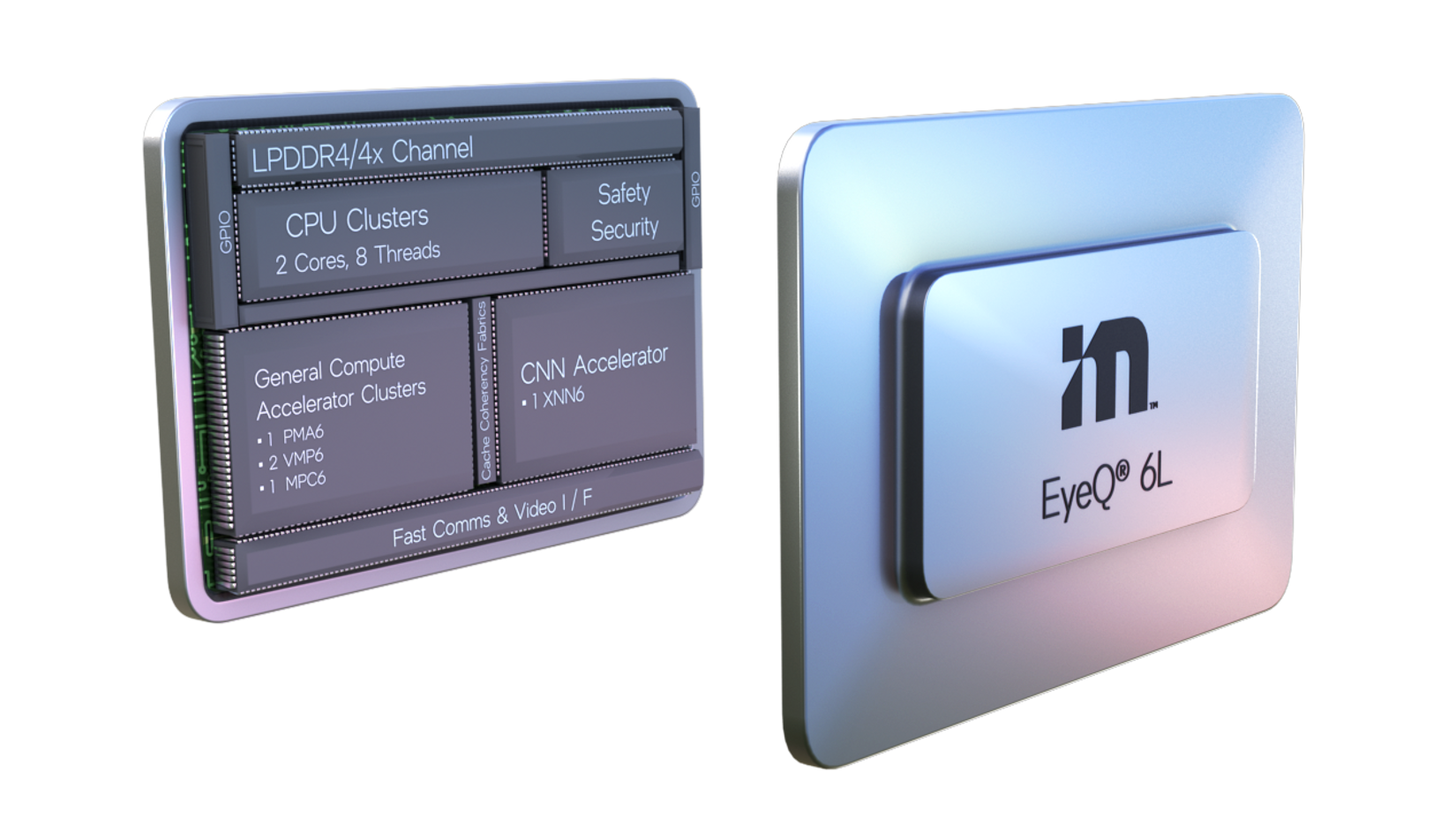
The result of all this cutting-edge equipment and the enhanced features they enable is a smoother, more comfortable, more advanced, and – most importantly – safer driving experience. That’s the very essence of why Mobileye pioneered the use of computer-vision technology for driver assistance in the first place, nearly a quarter-century ago. And it’s why we continue to develop newer, better technologies: to enhance road safety, reduce the incidence and severity of collisions, and save lives as a result.
Share article
Press Contacts
Contact our PR team

